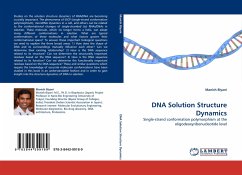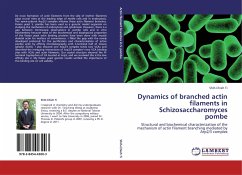Cells are crowded places, with macromolecule concentrations exceeding 100 mg/mL in eukaryotic cells. Yet in biochemical experiments seeking to reproduce intracellular conditions, controlling for solution crowding is often overlooked. Actin polymerization is a fundamental cellular process driven by nucleotide hydrolysis. The structural and energetic factors that underlie nucleotide-dependent filament stability, particularly under crowded conditions, are still debated. Here, we examine the effects of solution crowding on actin polymerization and interpret the results using several crowding theories. This work invites biologists to consider the biophysical aspects of crowding by presenting it in an approachable manner through a familiar example. It also presents important findings for the field of actin research, and in doing so, drives home the importance of considering solution crowding when recreating physiological conditions in the test tube.
Bitte wählen Sie Ihr Anliegen aus.
Rechnungen
Retourenschein anfordern
Bestellstatus
Storno








